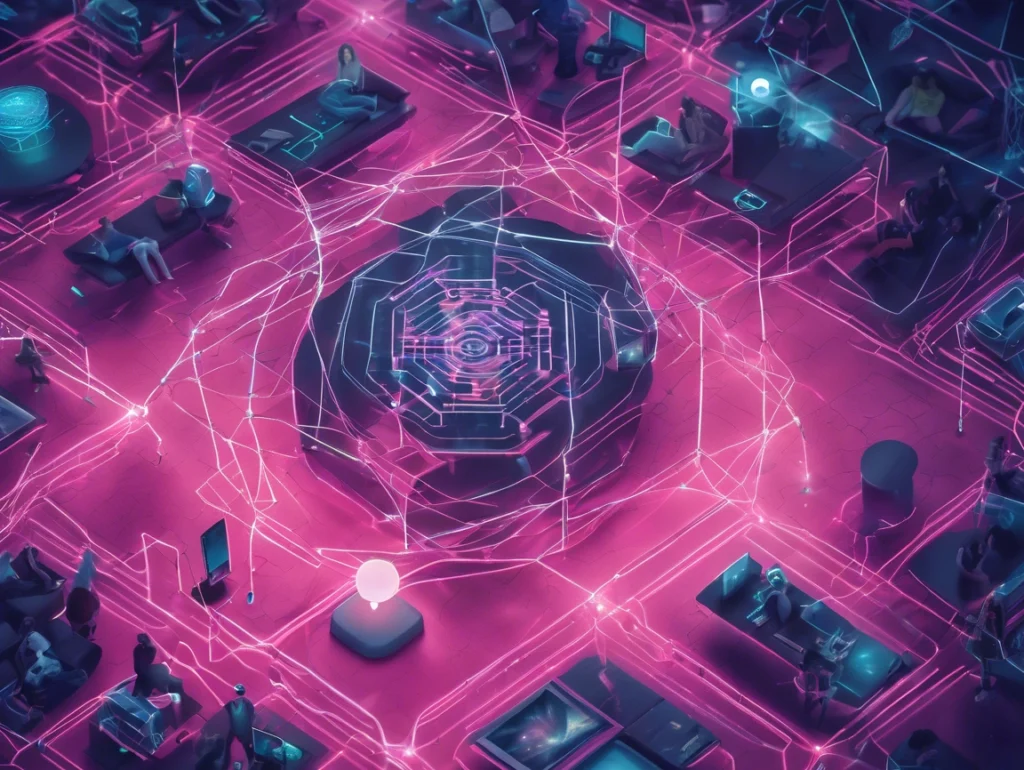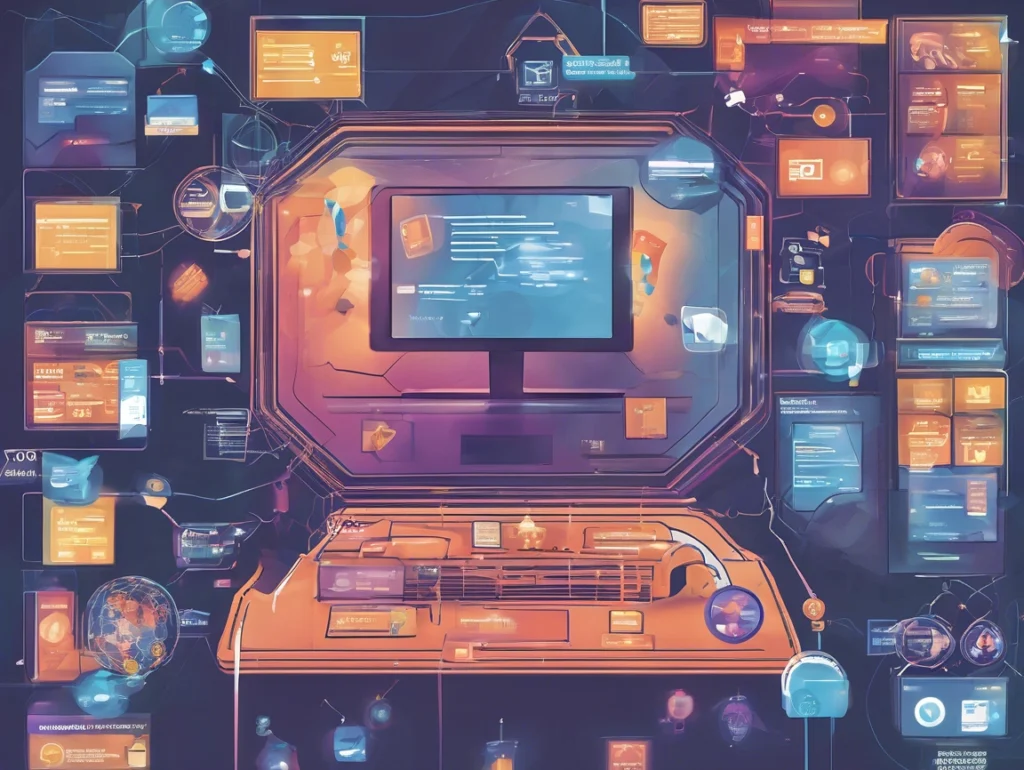What is Web3?
Web3, also known as Web 3.0, is the next evolution of the internet. Unlike Web2, which is largely controlled by centralized corporations, Web3 aims to decentralize control and give users more power over their data and online interactions. At its core, Web3 uses blockchain technology to facilitate peer-to-peer interactions, smart contracts, and decentralized applications (dApps).
Key Features of Web3:
Decentralization: No single entity controls the network. Instead, it’s maintained by a distributed network of nodes (computers).
Blockchain: The backbone of Web3 is blockchain, which ensures transparency, security, and immutability of transactions.
Smart Contracts: Self-executing contracts with the terms of the agreement directly written into code.
Ownership: Users have more control over their data, digital assets, and identity.
Why Web3 Matters
Web3 represents a fundamental shift in how we interact online. By moving away from centralized platforms, it opens up the possibility of a more open, fair, and user-centric internet. Some potential benefits of Web3 include:
Enhanced Privacy: Users control their own data, reducing reliance on centralized entities like social media platforms and search engines.
Financial Inclusion: Blockchain-based cryptocurrencies allow anyone with an internet connection to access financial services.
Empowered Creators: Content creators can directly monetize their work through tokenization and NFTs, bypassing traditional intermediaries.
Challenges and the Road Ahead
While Web3 offers significant potential, there are still challenges to overcome, such as scalability issues, user adoption, and regulatory hurdles. However, with ongoing innovation and collaboration, Web3 has the power to reshape the digital world.


